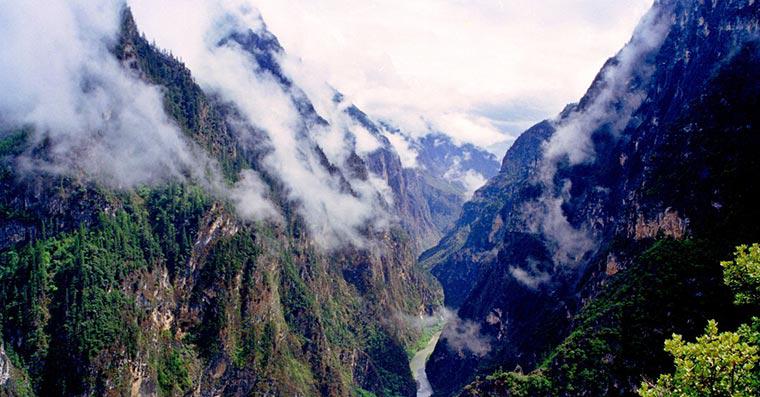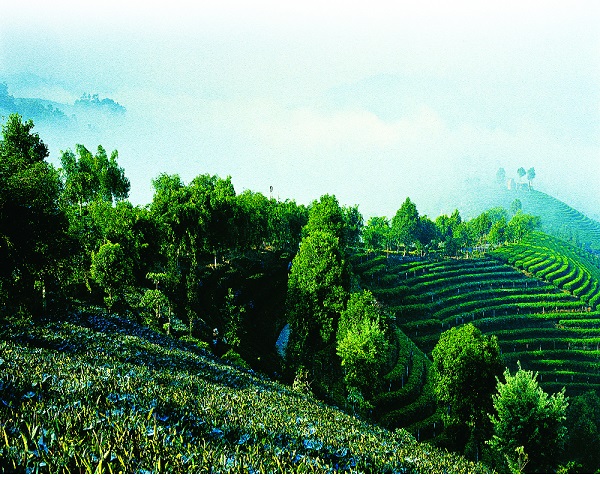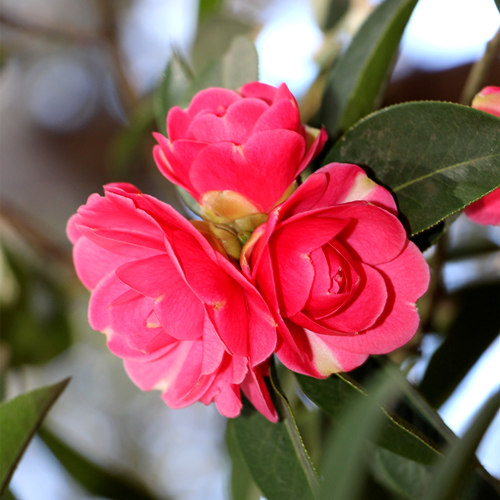
Detailed Introduction to Lancang County of Pu'er
Lancang Lahu Autonomous County (澜沧拉祜族自治县) is a vibrant and diverse region in Pu'er City, Yunnan Province, China. Known for its majestic natural landscapes, rich ethnic heritage, and cultural significance, Lancang is a major hub of biodiversity, culture, and history in the Mekong River region.
Geographical Location and Climate
Lancang County is situated in the southwestern part of Pu'er City, sharing a border with Myanmar to the west. It spans an area of approximately 8,827 square kilometers, making it one of the largest counties in Yunnan Province.
Latitude and Longitude: The county lies between 99°32′ to 100°22′ E and 22°05′ to 23°03′ N.
Elevation: Lancang features diverse topography, with elevations ranging from 600 meters in valleys to 2,500 meters in mountainous regions.
Climate: The region enjoys a subtropical monsoon climate, characterized by warm temperatures, abundant rainfall, and a long growing season.
Historical Background
Lancang County derives its name from the Lancang River (Mekong River), which runs through the area. Historically, it was a key region along the Tea Horse Road, facilitating trade and cultural exchanges between China and Southeast Asia.
In 1985, Lancang was officially designated as a Lahu Autonomous County, reflecting its rich ethnic diversity and the cultural significance of the Lahu people.
Economic Overview
Lancang County’s economy is rooted in agriculture, forestry, and cultural tourism, with a growing focus on sustainable development.
1. Agriculture
Agriculture forms the backbone of Lancang’s economy:
Tea: Lancang is renowned for its production of high-quality Pu'er tea, with many ancient tea trees located in the region.
Coffee: The county is gaining recognition for its specialty coffee beans.
Rice: Traditional terraced fields produce premium rice varieties.
Fruits: Mangoes, bananas, and lychees thrive in the tropical climate.
2. Forestry
Lancang has extensive forest resources, contributing to its biodiversity and sustainable timber production.
3. Tourism and Culture
The county’s ethnic diversity, combined with its natural and historical attractions, has made tourism a growing sector.
Ethnic and Cultural Heritage
Lancang is home to over 20 ethnic groups, with the Lahu, Dai, Wa, and Hani being the most prominent. Each group contributes to the region’s rich cultural tapestry.
Lahu Culture: Known for their music, dance, and vibrant festivals such as the Harvest Festival.
Dai Culture: The Dai people bring traditions like the Water Splashing Festival and intricate bamboo weaving.
Wa Culture: Unique wooden drum dances and rituals reflect Wa customs.
Hani Culture: Famous for their terraced fields and harmonious relationship with nature.
Tourist Attractions
Lancang County offers a wealth of natural and cultural attractions that captivate visitors.
1. Ancient Tea Plantations
Lancang is home to ancient tea plantations, including the famous Jingmai Mountain, a UNESCO World Heritage Site candidate. Visitors can explore centuries-old tea trees and learn about traditional tea-making processes.
2. Lancang River (Mekong River)
The river is a stunning natural landmark, offering opportunities for river cruises, fishing, and photography.
3. Ethnic Villages
Traditional Lahu, Dai, and Wa villages provide immersive experiences in local crafts, cuisine, and festivals.
4. Tropical Rainforests
The county’s forests are rich in biodiversity, ideal for eco-tourism and wildlife observation.
5. Traditional Festivals
Key festivals such as the Lahu New Year and Spring Water Splashing Festival showcase the county’s vibrant culture.
Transportation
Lancang County’s transportation network continues to improve, enhancing accessibility:
Roads: Highways connect Lancang to Pu'er City and neighboring regions.
Air Travel: The nearest airport is Pu'er Simao Airport, approximately 3 hours by road from the county.
Cross-Border Access: Lancang serves as a gateway for trade and travel with Myanmar.
Development Prospects
Lancang is pursuing sustainable development initiatives that align with its unique resources and strengths:
Eco-Tourism: Leveraging its natural beauty and cultural heritage to attract domestic and international tourists.
Tea and Coffee Industry: Expanding production and marketing of high-quality Pu'er tea and specialty coffee.
Cultural Preservation: Protecting and promoting the traditions and customs of its diverse ethnic communities.
Infrastructure Development: Enhancing transportation and connectivity to support economic growth.
Conclusion
Lancang Lahu Autonomous County is a l



